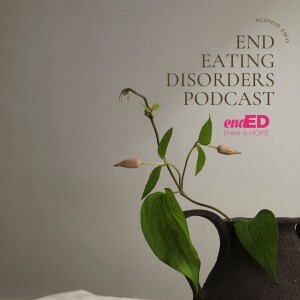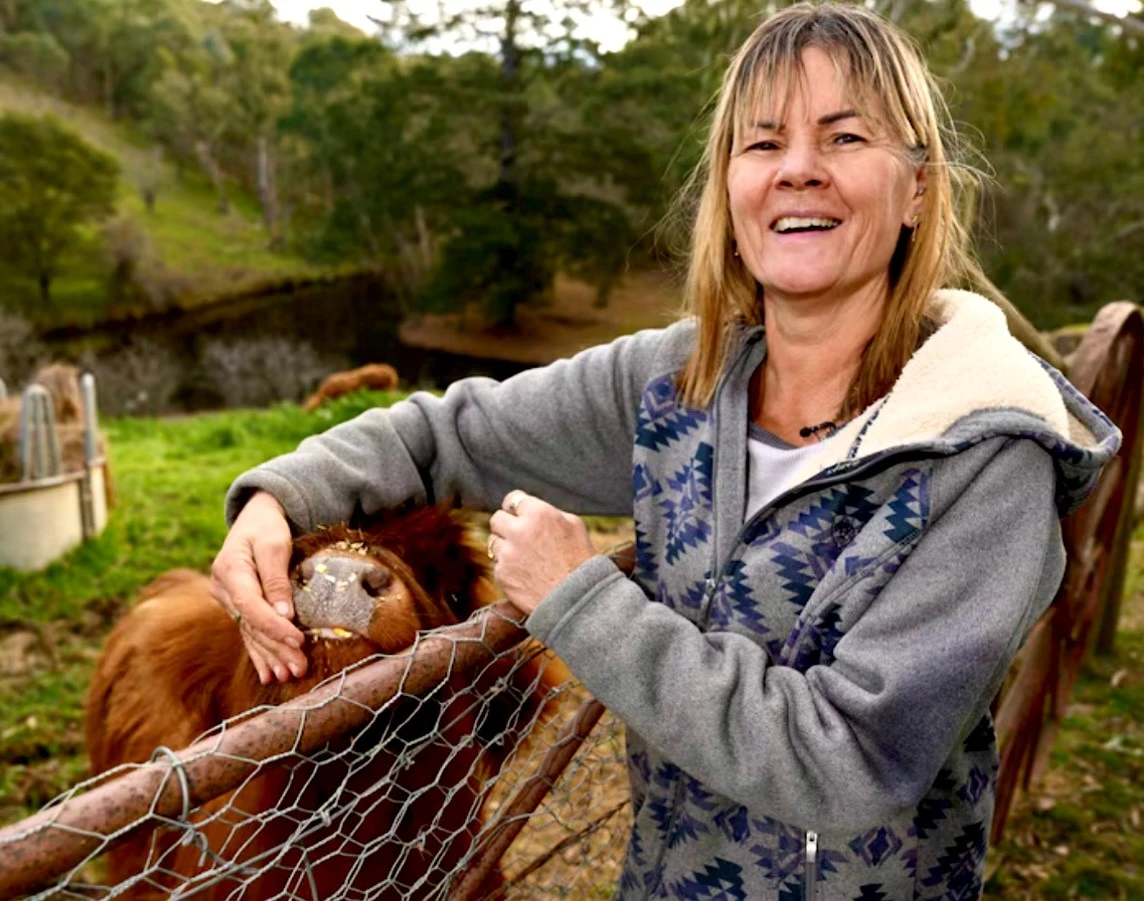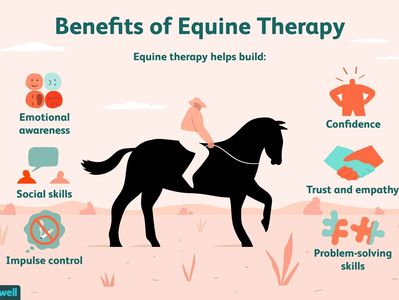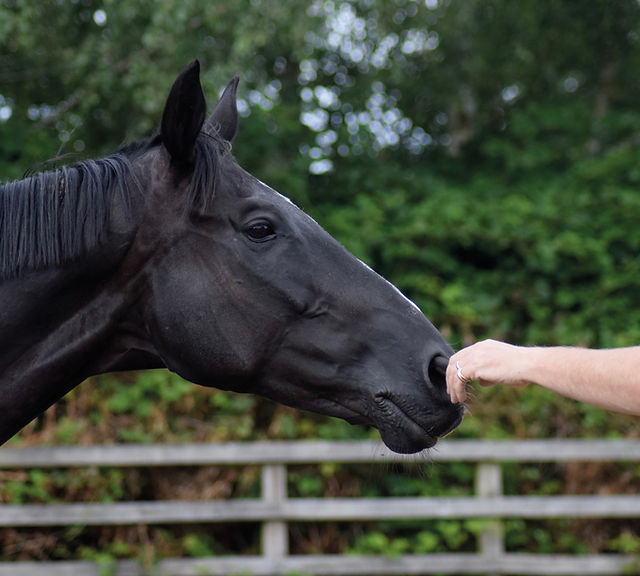The Role of Horses in Treating Eating Disorders

Eating disorders are complex mental health conditions that affect millions worldwide. Traditional treatments often include therapy, medication, and nutritional counseling. However, an emerging complementary approach gaining attention is equine-assisted therapy, which involves interactions with horses to support emotional and psychological healing.
What is Equine-Assisted Therapy?

Equine-assisted therapy (EAT) is a form of experiential therapy that uses horses to promote mental health and well-being. It is not just about riding horses but engaging in activities such as grooming, feeding, and leading horses, which help patients develop trust, confidence, and emotional regulation.
How Horses Help in Treating Eating Disorders

| Benefit | Explanation |
|---|---|
| Emotional Connection | Horses are highly sensitive to human emotions, providing immediate feedback and fostering emotional awareness. |
| Building Trust and Boundaries | Working with horses requires establishing clear communication and boundaries, which can translate into healthier personal relationships. |
| Enhancing Self-Esteem | Successfully caring for and interacting with a large animal can boost confidence and self-worth. |
| Mindfulness and Presence | Horses live in the moment, encouraging patients to focus on the present and reduce anxiety related to eating disorders. |
Key Components of Equine Therapy for Eating Disorders
- Non-verbal Communication: Horses respond to body language and energy, helping patients become more aware of their non-verbal cues.
- Responsibility: Caring for a horse instills a sense of responsibility and routine, which can be grounding for individuals struggling with disordered eating.
- Emotional Regulation: Interactions with horses can help patients recognize and manage difficult emotions in a safe environment.
Frequently Asked Questions (FAQ)
Q1: Is equine therapy a replacement for traditional treatment?
A1: No, equine therapy is typically used as a complementary approach alongside conventional treatments like psychotherapy and medical care.
Q2: Who can benefit from equine-assisted therapy?
A2: Individuals with various mental health challenges, including eating disorders, anxiety, depression, and PTSD, may find equine therapy beneficial.
Q3: How long does equine therapy take to show results?
A3: The duration varies depending on the individual and the severity of the disorder, but many report improvements in emotional awareness and self-esteem within a few sessions.
Conclusion
Incorporating horses into the treatment of eating disorders offers a unique, holistic approach that addresses emotional and psychological aspects often overlooked in traditional therapies. By fostering connection, trust, and mindfulness, equine-assisted therapy can be a valuable part of a comprehensive treatment plan.
Would you like me to help refine the tone or add more scientific references to this content?
